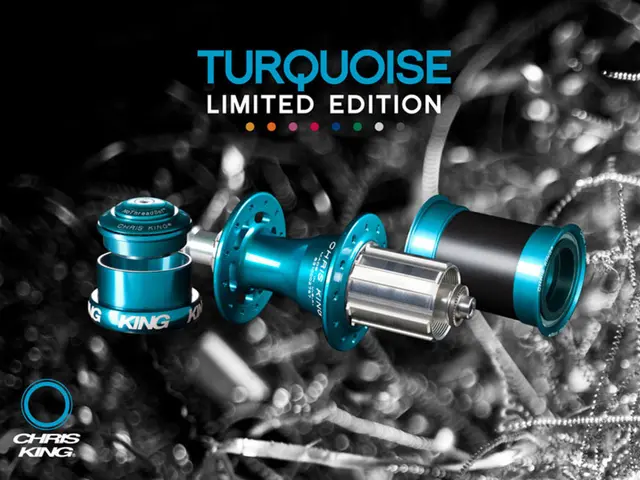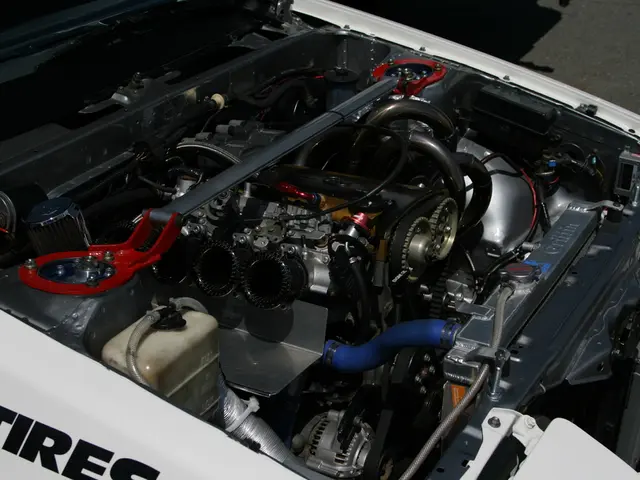Electric Vehicle Manufacturers Seeking to Replicate the Familiarity of Gasoline Cars: Are Consumers Being Deceived?
Electric Vehicles (EVs) are steering away from silence, as manufacturers seek to reproduce the familiar sexiness of combustion engines in their electric counterparts. Petrolheads lament the absence of the engine's iconic roars when cruising in silence. Consequently, car makers have taken on the task of replicating these engine sounds, aiming to offer an immersive, emotional driving experience.
BMW has rolled out its 'HypersonX' sound technology, set to enrich the upcoming EV models from the Neue Klasse series. This bespoke soundscape aims to give these vehicles a unique and captivating character acoustically. The HypersonX system consists of 43 sound signals tailored to different drives scenarios and modes such as Personal and Sport.
Porsche was a trendsetter in synthetic engine noises, debuting the Porsche Electric Sport Sound alongside the Taycan in 2019. This system skillfully composes and tailors the engine tone to the vehicle's character, minimizing disturbing noises and amplifying emotional sounds. The Porsche Electric Sport Sound offers a balance between electrical statements and the timeless sound of a genuine Porsche.
Hyundai's innovative N Active Sound+, introduced with the Ioniq 5 N in 2023, has caught the attention of even the harshest critics of fake engine sounds for EVs. This system generates a sonic reference point with three available sound styles, including 'Ignition', 'Evolution', and 'Supersonic', mimicking everything from the high-performance N engine sound to futuristic electronic vibrations.
The automotive world is increasingly embracing sound design as a crucial factor in the EV market. The global electric vehicle sound generator market reached over $115.5 million in 2024 and is expected to expand at a CAGR of 18.6% by 2034. Manufacturers are investing in sound design not just for emotional driving experiences, but also to comply with safety regulations and provide electro-sensory stimulation to drivers.
Many drivers find the absence of sound-induced emotions results in a diminished sense of feedback and engagement when driving an EV compared to a traditional internal combustion engine (ICE) car. Driving is a visceral experience, and the need to translate this to EVs plays a significant role in shaping the future of mobility.
Enhancing pedestrian safety is equally important to engineers developing EV sound systems. Pedestrians are twice as likely to be hit by an EV or hybrid car than a petrol or diesel one due to the lack of emissions. Consequently, Acoustic Vehicle Alerting Systems (AVAS) have been required since 2019 for vehicles to ensure road safety.
In summary, car manufacturers are employing various techniques to create synthetic engine sounds and gear shifts, all aimed at enhancing the driving experience and bridging the gap between traditional ICE vehicles and their electric counterparts. The future of the automotive industry looks exciting with cutting-edge sound design and sensory stimulation at the forefront!
- In the quest to replicate the allure of combustion engines, car manufacturers are investing heavily in sound design, with BMW recently introducing 'HypersonX' for its Neue Klasse series EVs.
- Porsche, a trailblazer in synthetic engine noises, debuted the Porsche Electric Sport Sound alongside the Taycan in 2019, offering a balance between electrical statements and the timeless Porsche sound.
- Hyundai's N Active Sound+, featured in the Ioniq 5 N, has garnered attention for its immersive soundscape, comprising styles like 'Ignition' and 'Supersonic', aiming to recreate high-performance engine sounds.
- The automotive industry is recognizing the importance of sound design in the EV market, with the global electric vehicle sound generator market expected to grow at a CAGR of 18.6% by 2034.
- Safety regulations, such as the Acoustic Vehicle Alerting Systems, are also driving the investment in EV sound systems to ensure the safety of pedestrians, who are twice as likely to be involved in accidents with EVs or hybrids due to the lack of emissions.









